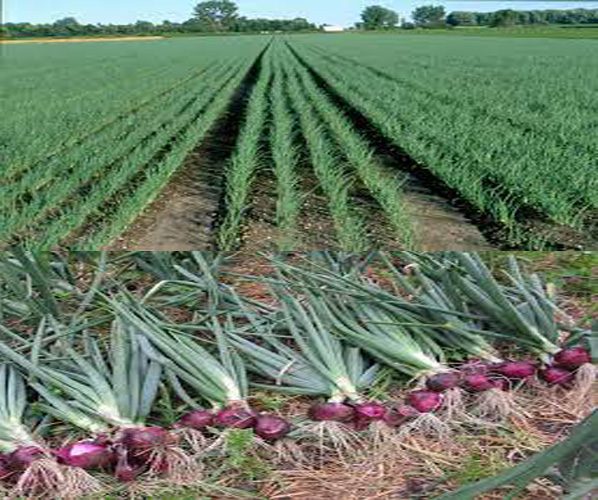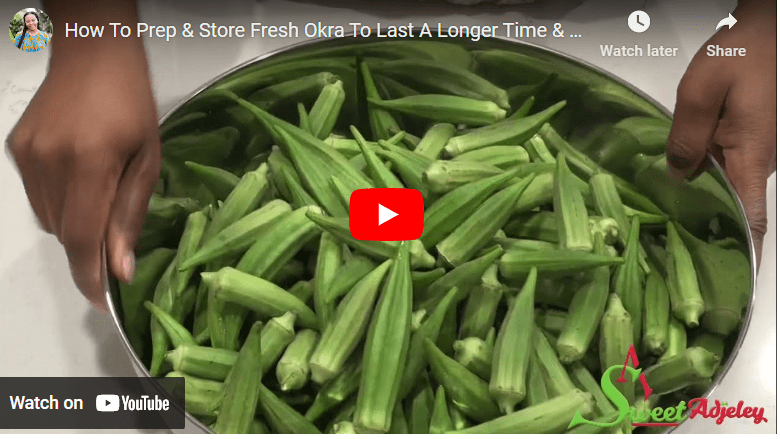Artichokes, with their distinctive flavor and nutritional value, have gained popularity in Australia as a versatile vegetable. Whether you’re a seasoned gardener or a beginner looking to try something new, growing artichokes in your Australian garden can be a rewarding experience.
To grow artichokes in Australia, select a sunny spot with well-drained soil, sow the seeds or plant the seedlings in a hole deep enough to cover the roots, water regularly to keep the soil consistently moist, and provide occasional fertilization and mulching to promote healthy growth and abundant harvest of artichokes.
In this step-by-step guide, we’ll walk you through the process of cultivating artichokes and ensure a successful harvest.
How to Grow Artichokes in Australia Step-by-Step Guide
Artichokes, scientifically known as Cynara cardunculus var. scolymus, belong to the thistle family and are native to the Mediterranean region. They are characterized by their large, edible flower buds and have become a culinary delight in many cuisines worldwide. In Australia, artichokes are predominantly grown in regions with a Mediterranean climate, such as South Australia, Victoria, and Western Australia.
Step 1: Climate and Soil Requirements
Artichokes thrive in regions with mild winters and cool summers. They require a climate similar to that of their Mediterranean origins. In Australia, the ideal climate for growing artichokes is found in coastal areas and temperate zones. They prefer a minimum temperature of 10°C (50°F) and a maximum temperature of 30°C (86°F).
When it comes to soil, artichokes prefer well-draining, fertile soil with a pH level between 6.5 and 7.5. Before planting, it’s essential to prepare the soil by removing any weeds, rocks, or debris. Adding organic matter like compost or well-rotted manure can improve the soil structure and fertility.
Step 2: Choosing the Right Variety
There are several artichoke varieties available that are suitable for Australian conditions. The choice of variety depends on factors such as climate, space availability, and personal preference. Some popular varieties in Australia include:
Green Globe:
This variety is the most common and well-suited for home gardens. It produces large, round, and meaty buds.
Imperial Star:
This variety is often preferred by gardeners because it can be grown from seed and produces edible buds in the first year.
Purple of Romagna:
Known for its striking purple color, this variety has a more intense flavor compared to other types.
Step 3: Sourcing Artichoke Plants
To start growing artichokes, you can either purchase artichoke crowns or seedlings from nurseries or obtain them through online sources. It’s important to choose healthy plants with no signs of disease or pest damage. Look for vigorous growth, well-developed roots, and firm crowns or seedlings.
Step 4: Planting Artichokes
The best time to plant artichokes in Australia is during early spring or late autumn. Before planting, prepare the planting area by digging a hole that is wide and deep enough to accommodate the roots of the plant. Space the plants around 1.2 to 1.5 meters (4 to 5 feet) apart to allow sufficient room for growth.
Place the artichoke crowns or seedlings in the hole, ensuring the growing point or the crown is at the soil level. Gently backfill the hole with soil, firming it around the roots. Water the plants thoroughly after planting to help settle the soil.
Step 5: Watering and Fertilizing
Artichokes require consistent moisture, especially during their active growth periods. Water the plants deeply once or twice a week, providing around 2.5 centimeters (1 inch) of water per week. Mulching the base of the plants with straw or organic matter can help retain moisture and suppress weed growth.
Fertilize artichokes regularly throughout the growing season. Use a balanced organic fertilizer or a slow-release granular fertilizer rich in nitrogen, phosphorus, and potassium. Apply the fertilizer according to the package instructions, ensuring even distribution around the plants.
Step 6: Pest and Disease Management
Artichokes are relatively pest and disease resistant, but they can still face a few challenges. Common pests that may affect artichokes include aphids, slugs, snails, and caterpillars. Regularly inspect the plants for signs of pests and take appropriate measures such as using organic insecticides or handpicking.
Some common diseases that artichokes may encounter include powdery mildew, downy mildew, and root rot. To prevent these diseases, ensure proper air circulation around the plants, avoid over-watering, and practice crop rotation. If necessary, apply appropriate fungicides following the manufacturer’s instructions.
Step 7: Pruning and Harvesting
Pruning artichoke plants helps promote vigorous growth and encourages the development of larger buds. In early spring, remove any dead or damaged leaves from the plant. As the plant grows, remove smaller lateral buds to allow the central bud to develop fully.
Artichokes are ready to harvest when the buds are firm, tightly closed, and about the size of a tennis ball. Use a sharp knife to cut the buds 5 centimeters (2 inches) below the base. Harvest regularly to encourage the growth of new buds.
Step 8: Storing and Using Artichokes
Freshly harvested artichokes can be stored in the refrigerator for up to a week. Place them in a plastic bag or container to retain moisture. To enjoy artichokes at their best, it’s recommended to consume them within a few days of harvest.
Artichokes can be prepared in various ways, including boiling, steaming, grilling, or baking. Remove the tough outer leaves and fuzzy choke before cooking. Artichoke hearts can be used in salads, dips, pasta dishes, or as a flavorful addition to pizzas.
Troubleshooting Common Issues
Despite their resilience, artichokes may face a few common issues. If the plants exhibit stunted growth, yellowing leaves, or poor bud development, it may indicate nutrient deficiencies. Adjusting the fertilizer application or conducting a soil test can help identify and rectify nutrient imbalances.
If the buds fail to develop or open properly, it could be due to inadequate pollination. Consider attracting pollinators to your garden by planting flowers that attract bees and other beneficial insects.
Benefits of Growing Artichokes
Growing artichokes not only provides you with a fresh and nutritious vegetable but also offers several benefits. Artichokes are rich in antioxidants, dietary fiber, and various vitamins and minerals. Consuming artichokes is believed to support digestive health, promote liver function, and aid in weight management.
From an economic perspective, growing artichokes can be a profitable venture. As the demand for locally grown produce increases, artichokes offer a unique and sought-after crop that can be sold to local markets, restaurants, or even directly to consumers.
What are the best companion plants for artichokes?
Some suitable companion plants for artichokes include thyme, rosemary, tarragon, and marigolds. These plants can help deter pests and provide additional benefits to the artichoke garden.
Can artichokes grow in containers?
Yes, artichokes can be grown in large containers or pots. Choose a container with a capacity of at least 30 liters (8 gallons) and ensure it has drainage holes. Select dwarf or compact varieties suitable for container gardening.
How long does it take for artichokes to mature?
Artichokes typically take around 90 to 150 days from planting to harvest, depending on the variety and growing conditions. Some varieties may produce edible buds in their first year, while others may require a full growing season to mature.
Are artichokes difficult to grow?
While artichokes require specific growing conditions, they are not overly difficult to grow. With proper care and attention to their requirements, you can successfully cultivate artichokes in your garden.
Can artichokes tolerate frost?
Artichokes are generally tolerant of light frosts but may suffer damage if exposed to prolonged freezing temperatures. In colder regions, it’s recommended to provide frost protection by covering the plants with frost blankets or straw during extreme cold spells.
Conclusion
Growing artichokes in Australia can be a rewarding experience, allowing you to enjoy the unique flavor and nutritional benefits of this versatile vegetable. By understanding the climate and soil requirements, choosing the right variety, and following proper planting and care techniques, you can successfully cultivate artichokes in your garden.
Harvesting your own homegrown artichokes will not only enhance your culinary creations but also provide a sense of satisfaction and pride.



